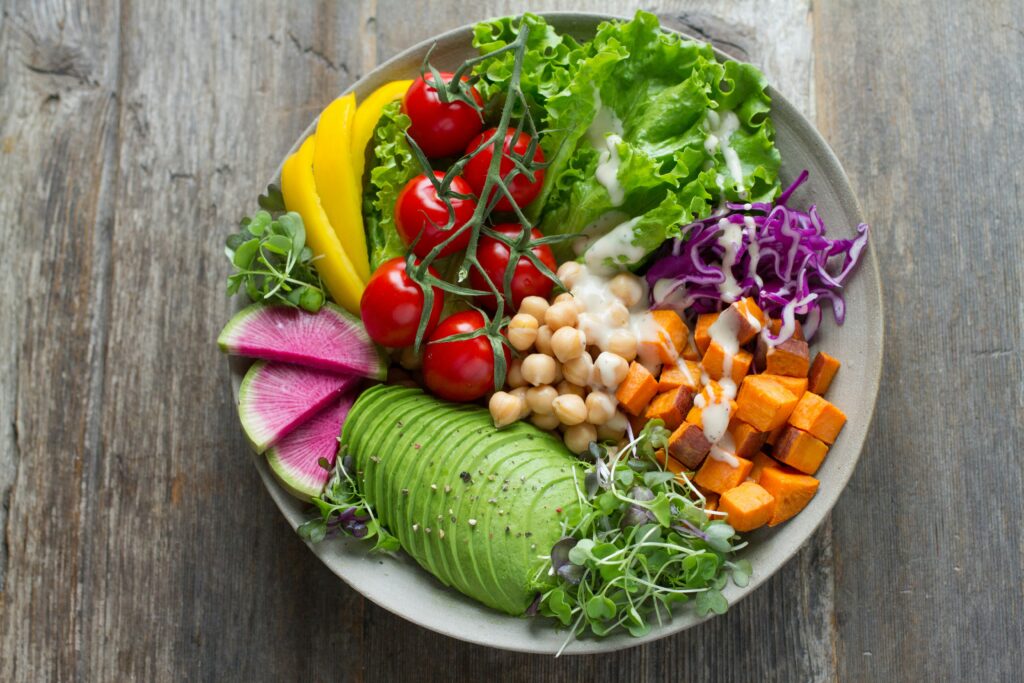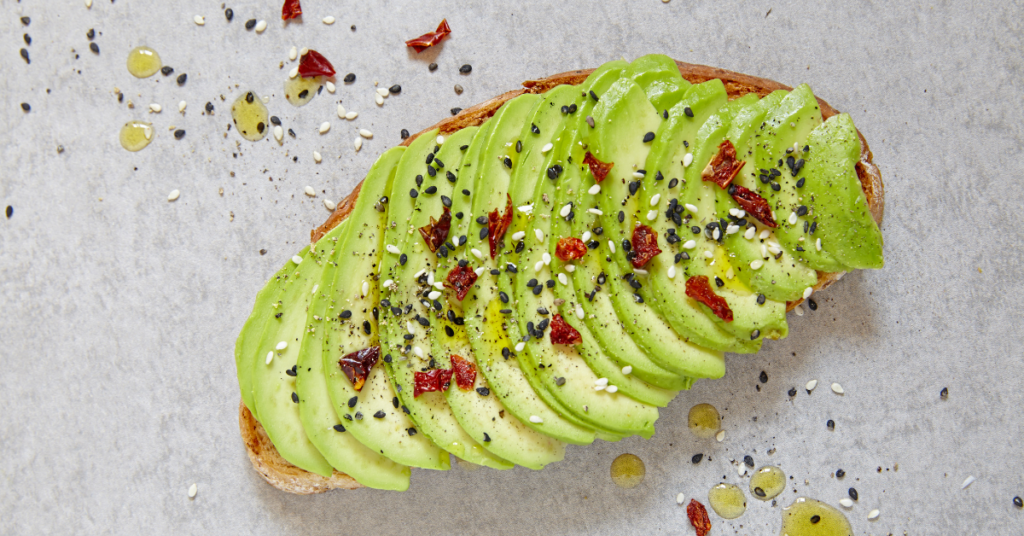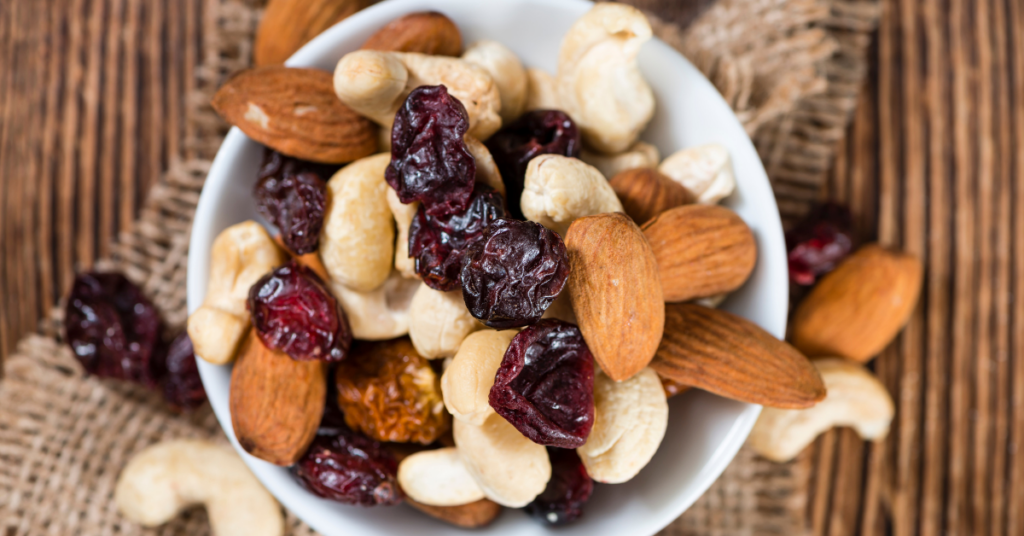
Article at a Glance:
- A common concern with plant-based diets is how to get enough protein.
- It is easier than you may think to consume adequate protein with plant foods alone.
- Including a variety of plant proteins throughout the day can ensure you obtain all essential amino acids.
One of the most common concerns with plant-based eating is getting enough protein. When we think of protein, it’s easy to picture a plate of steak or chicken. However, plant-forward diets are gaining popularity—not just for their health benefits, but also for their positive impact on the environment and animal welfare.
Let me be clear: it is absolutely possible to meet your protein needs without animal products. As a registered dietitian, I’ll break down how much protein you really need and how to get it from plant-based sources.
Understanding Protein Needs
Before we dive into all things plant-based protein, it’s important to understand how much protein you need in a day to support muscle maintenance or growth, immune function, hormone production, and, we can’t forget, satiety!
Children: 1g/kg
Pre-teens & teens: 0.85-0.95g/kg
Adults age 19+ : at least 0.8g/kg
Pregnancy & lactation: 1.1-1.3g/kg
This is the standard RDA (Recommended Daily Allowance), however, there are considerations to take into account, such as exercise and personal goals like gaining muscle. Depending on your level of activity, you should consider increasing your protein to the recommended intake below.
Light to moderate activity: 1-1.2g/kg
Endurance training (running, cycling): 1.2-1.4g/kg
Strength training/muscle gain: 1.6-2.2g/kg
Weight loss while preserving muscle: 2-2.4g/kg
Vegan/vegetarians: add 10% more as plant proteins tend to have lower bioavailability
Debunking the Complete Protein Myth
Complete proteins are generally defined as protein foods that contain all 9 essential amino acids. Essential amino acids are those that the body cannot make itself and need to be obtained through your diet. There’s a misconception that animal proteins are complete and plant proteins are incomplete.
All plant proteins contain all 9 EAAs, just like animal proteins (with the exception of gelatin). However, certain plant proteins are limited in one or more of the EAAs, meaning they contain less of it than other protein sources might.
However, contrary to popular belief, you do not need to consciously combine plant proteins to ensure that you get all of the EAAs. Nor do you need to include multiple different types of plant proteins in one sitting
If you include a variety throughout your day, you can obtain all that your body needs. For instance, you could eat almonds with your breakfast, then beans at lunch, and lentils at dinner.
Read more about the complete protein myth in this post.
Top Plant-Based Protein Sources
A wide variety of plant-based foods offer impressive amounts of protein—along with added benefits like fiber, essential vitamins, minerals, and heart-healthy unsaturated fats. From legumes and whole grains to nuts, seeds, and soy-based products, these nutrient-dense options can be easily incorporated into meals and snacks throughout the day.
Whether you’re blending them into smoothies, tossing them into salads, or building hearty entrees, plant-based proteins can fit seamlessly into any eating pattern. Below are a few of my top picks for quality plant-based proteins.
Legumes – lentils, chickpeas, black beans, kidney beans
Soy products – tofu, tempeh, edamame
Whole grains – quinoa, oats, farrow, sorghum
Nuts & seeds – chia, hemp, flax, almonds, cashews, and walnuts
Plant-based protein blends – pea protein, brown rice protein, hemp protein, and mixed plant-based blends such as LiveComplete, which closely mirrors the amino acid profile of human muscle (over a 95% match rate!).
Sample Daily Meal Breakdown
Including protein in your meals can support satiation, help maintain and build muscle, and support hormone production and immunity. Although you can calculate your protein needs based on your weight and activity levels, to keep things simple, a good rule of thumb is to try to include 20-30g of protein at each meal. Here’s a sample of a typical day of plant-based eating including high protein foods.
Breakfast: Chia seed pudding with hemp seeds, almond butter, and fruit
Snack: Protein smoothie
Lunch: Black bean tacos
Snack: Energy bites
Dinner: Roasted vegetables with tofu
Dessert: Dates with peanut butter
.
Tips for Meeting Protein Needs on a Plant-Based Diet
- Prioritize protein at every meal and snack
- Including protein at every meal and snack will help keep you fuller longer and help you meet your daily protein needs.
- Stock up on convenient protein staples
- Keep your pantry and freezer stocked with easy, protein-rich options like canned beans, nut butters, frozen edamame, and plant-based protein powders. These versatile ingredients are not only nutritious but also shelf-stable or freezer-friendly, making them perfect for quick meals and snacks.
- Measure your protein
- Use a food scale to measure how much protein you’re adding to meals and snacks to ensure you’re getting a sufficient amount. Once you get familiar with the portion sizes you can ditch the food scale eyeball it for quicker meal prep.
- Choose minimally processed foods
- Look for proteins with single or simple ingredients. For example, raw nuts with no added oils, nut butters with no added sugars, and protein powder with simple and real ingredients.
LiveComplete Takeaways
Meeting your protein needs on a plant-based diet is not only possible—it can be incredibly healthful. By understanding your individual protein requirements and incorporating a diverse range of whole, minimally processed plant foods, you can support your body’s energy, muscle health, and overall well-being. With the right balance, a plant-based diet provides all the essential amino acids and nutrients needed to thrive, both physically and mentally.
Sources:
- National Academies of Sciences, Engineering, and Medicine. 2006. Dietary Reference Intakes: The Essential Guide to Nutrient Requirements. Washington, DC: The National Academies Press. https://doi.org/10.17226/11537.



